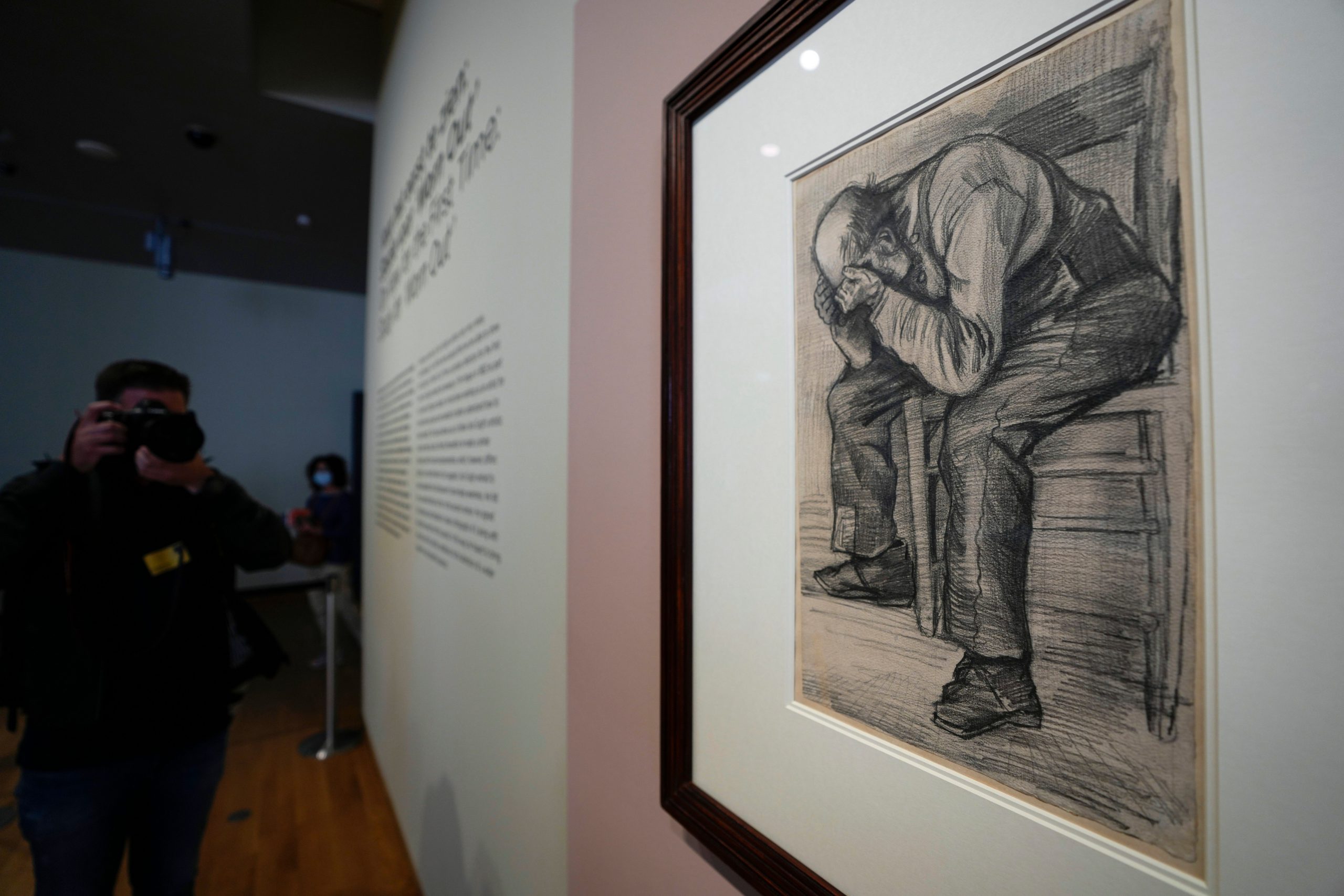The Legacy Museum is a museum in Montgomery, Alabama, that displays the history of slavery and racism in America. It also includes the enslavement of African-Americans, racial lynching, segregation, and racial bias. This time, the museum is on the news for a whole new reason
As one enters the museum, a 30 feet wave crashes over your head, dragging you instantly down into the roiling waters. However, the waves keep coming at you with nothing to cling on amid the loneliness of the sea.
Across the giant screen in front of the visitors, words start spelling out that ask the visitors to reflect on the “the terrifying, tragic and deadly ocean journey” which 12.7 million men, women and children were forced to make having been kidnapped from their homes in Africa and sold into slavery.
Also read: North Carolina voter ID law declared unconstitutional
As the name suggests, visitors are taken on a white-knuckle ride through some of the most painful elements of America’s long history of racial injustice – slavery, lynching, segregation, all the way to the present-day epidemic of police killings of African American teenagers and the societal addiction to putting Black people behind bars.
In the museum, one section memorialises the children killed in racial terror lynchings: “Four-year-old Black girl Lillie Mike, her six-year-old sister Emma Mike, lynched by a white mob 1884, Calhoun County, Georgia.”
The Guardian reported that Bryan Stevenson, the mastermind behind the Legacy Museum, sees such searing detail as bitter but necessary medicine for the American soul.
Also read: George Floyd’s killer Derek Chauvin to be arraigned for violating rights of teen
The new institution, which is scheduled to start on October 1, lands at a time when racial violence is again on the rise and when “critical race theory” is being used as a ruse to prevent the history of America’s racist past being taught in schools.
The museum open its doors with less than a year after a mob spearheaded by far-right groups and fuelled by white supremacist anger stormed the US Capitol.
“We really felt the need to be even more precise in detailing the harm that people in this country have inherited and failed to address,” The Guardian reported Stevenson as saying.
“In a moment when it’s so tempting to say that’s not true, it didn’t happen, it wasn’t that bad, when all these false narratives are being created, we had to be even clearer about the nature of the injury that was done,” it added.
The Legacy Museum is the latest manifestation of a vision of truth-telling and repair that Stevenson has been developing for years. His ruminations began when he first came down to the deep south as a young Harvard Law graduate in the early 1980s.
Over the years, Stevenson reflected on why 42% of America’s death row inmates are African American when the Black population makes up just 13% of the US total.
About the museum’s journey, it takes the visitors through the slim glimmer of hope that was emancipation and the Reconstruction period into the renewed subjugation of lynching.
The museum also traces how when lynching began to decline in the 1930s, the white mob gentrified its violence and took it indoors. White supremacy found a new home in the legitimized, sanitized manifestation of racial terror killings that is the death penalty.







